Missiles, commercial jets share skies in busy flight corridor
Scores of airlines have stumbled into a war zone in the Middle East, prompting warnings that an airliner could inadvertently be shot out of the sky.

“Are those fireworks or something?” asked a passenger on Emirates flight EK146 from Amsterdam to Dubai last month, in a video posted to social media. In fact, what she was watching through her cabin window was a barrage of Iranian missiles headed to Israel.
Her flight was one of scores that shared the skies with Iranian missiles on Oct. 1, an example of how the escalating conflict in the Middle East is endangering commercial aircraft in some of the world’s busiest skies.
The number of missiles crisscrossing the region has surged since the start of Israel’s war with Hamas: An average of 162 missiles have been fired each month so far this year, up from 10 a month in 2023, according to aviation security firm Osprey Flight Solutions. This has led to warnings from airlines, crews, security experts and families of air crash victims that an airliner could inadvertently be shot out of the sky.
Missiles have been spotted in-flight by pilots and passengers, struck near airports, and been fired by militaries and militias without warning to airlines. Governments and aviation regulators have meanwhile failed or been slow to close or restrict airspace.
There is precedent for the concern. Two commercial aircraft have been shot down in recent conflicts. Malaysia Airlines flight MH17 was downed over eastern Ukraine by Russian-backed militants in 2014, and Ukrainian Airlines flight PS752 was mistaken for an incoming missile by Iranian forces shortly after takeoff from Tehran in 2020.
For passengers flying on Oct. 1, the threat felt real. Madalina Birca, 24, was flying with Emirates from Nice, France, to Dubai when the captain announced, with a slight tremble in her voice, that “due to the war situation” the flight was being diverted.
Passengers quickly switched their screens to news channels to find that Iran had started its attack on Israel. Birca followed on the live flight map as the aircraft made an abrupt turn just before crossing into Iranian airspace. She used the in-flight wifi to try to calculate the missiles’ trajectories and how close her flight had come to catastrophe.
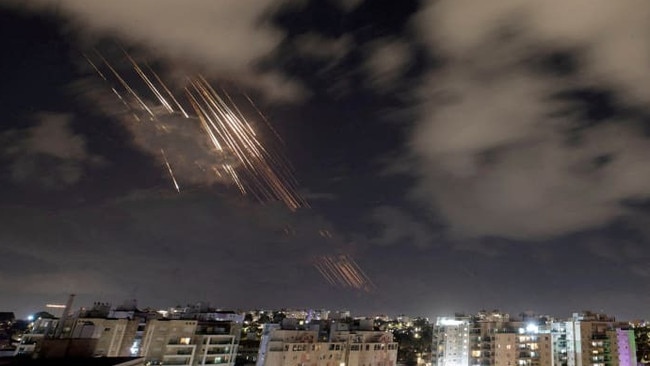
“We were very lucky that we didn’t cross already into the airspace,” Birca said. Birca’s was one of more than 80 flights that were diverted on Oct. 1 because of the attack. Many other flights continued uninterrupted over Iraq, Jordan, Syria and northern Saudi Arabia, with dozens passing close to launch sites in the north and south of Iran.
Radio messages from air-traffic control towers in Iraq, Kuwait and Bahrain captured some of the tumult in the skies, with pilots declaring emergencies and diversions, and in some cases exclaiming that they could see the projectiles themselves.
“Missiles over Baghdad, over Najaf, over everywhere,” one pilot radioed to Baghdad air traffic controllers, according to a feed from live radio specialist, Broadcastify.
“We noticed some missiles,” a Kuwait Airways pilot said.
“Lights, rockets, I don’t know, now they’re not visible anymore,” someone radioed to pilots on Air France flight 662 to Dubai. Air France has opened a probe into why the flight was caught in the affected airspace.
While ballistic missiles reach an apex far above the altitude of a commercial jet, they pose a major risk during their ascent and descent. About 10 per cent of Iran’s ballistics are also estimated to fail midflight, which, along with their ejected boosters, leads to falling debris. Cruise missiles typically fly at lower altitudes, endangering aircraft as they take off and land. At times, the biggest risk is posed by air-defence systems misidentifying a commercial aircraft as incoming fire.
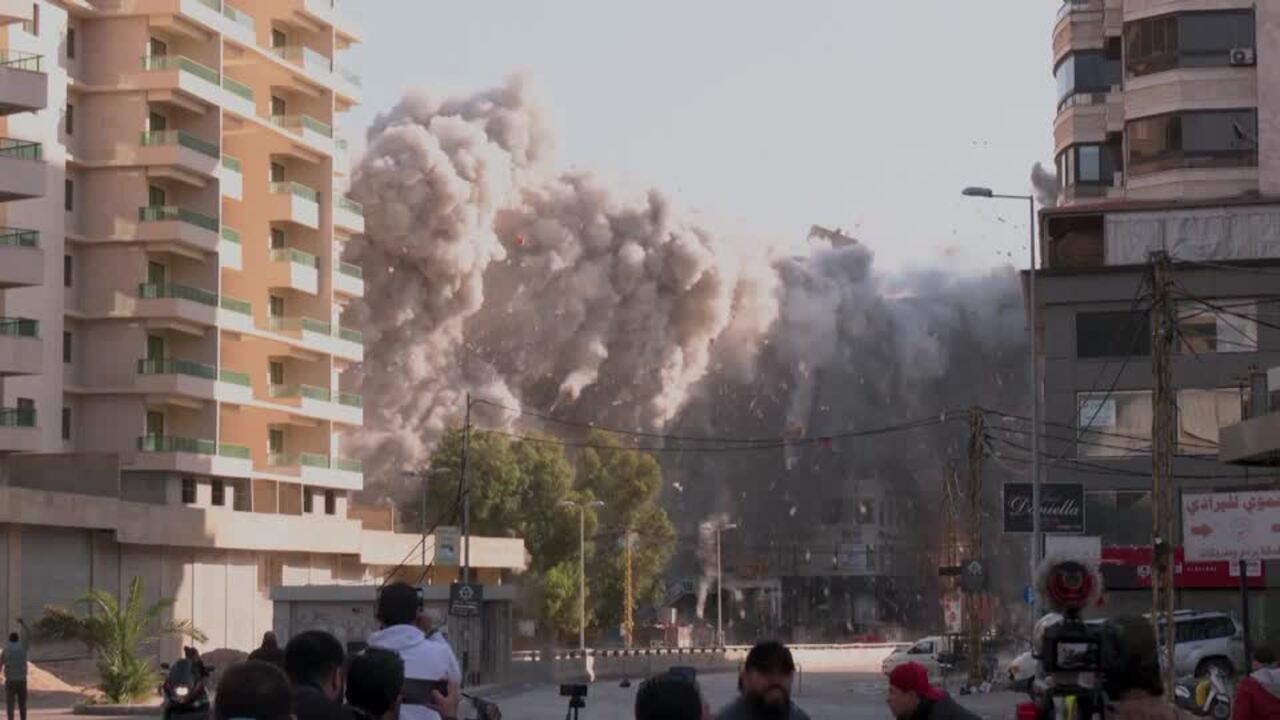
The tally of projectiles, tracked by Osprey, accounts only for ballistic and cruise missiles. Its figures don’t include unguided rockets, mortars, artillery fire and drone attacks, each of which can also endanger flights.
The risk is ongoing. Iran has briefed regional officials that it’s preparing a response to Israel’s latest retaliatory strike that will utilize more powerful warheads. Osprey has warned airline customers that the next attack could be co-ordinated with Iranian-backed militias in Iraq, Syria, Yemen and Lebanon, widening the areas of airspace at risk.
Meanwhile, strikes exchanged between Israel and Hezbollah have regularly targeted or struck areas near airports, including a missile that landed in a parking lot at Tel Aviv Airport this month and an Israeli airstrike that caused an explosion near Beirut Airport’s runways a day later.
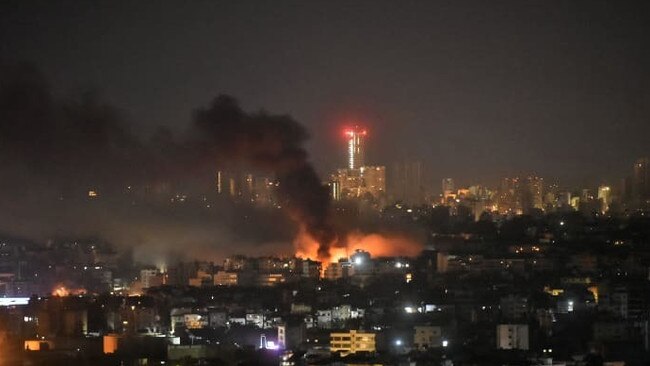
Israel’s strike against Iranian sites on Oct. 26 was also launched without official notice to airlines, though the early morning timing – around 2.15am in Iran – meant fewer aircraft were operating. The Israeli Air Force typically consults air-traffic controllers before any strike to try to minimise risk, according to an official.
“It’s a huge concern to civil aviation. We know what happened with the Ukrainian airliner that was shot down in Iran mistakenly,” said Hassan Shahidi, president of the Flight Safety Foundation, a global, non-profit advocacy group, calling the incident “absolutely preventable.” Despite the surge in military activity, Middle Eastern airspace has largely remained open over the past year. The region’s already busy skies have become more important after Russia’s invasion of Ukraine locked out carriers from swathes of airspace over both countries.
Aviation safety experts have criticised the inconsistent way in which the skies have been managed by governments, including issuing late or no airspace closures.
“National security and foreign policy trump aviation security, and it happens over and over again in conflict zones,” Osprey’s Chief Intelligence Officer Matt Borie said in an interview.
The US Federal Aviation Administration and others have long imposed bans and restrictions on flights over North Korea because of the country’s tendency to conduct a handful of unannounced ballistic missile tests each year. Last year North Korea launched 37 missiles; this year so far, 52.
Days after Iran’s Oct. 1 launch, the FAA extended its ban on US carriers crossing into Iranian airspace by three years until October 2027, a prohibition it first put in place after the downing of Ukrainian Airlines flight PS752 in 2020. A separate restriction that prevents flights over Syria is also in effect until 2028.

US carriers aren’t restricted from flying over Iraq as long as the aircraft is travelling at a minimum altitude of 32,000 feet, according to the FAA’s latest advisory. There are no explicit warnings against operations over Jordan, Lebanon or Israel, though the agency maintains a 2021 notice that airlines “exercise caution” in those areas because of the proximity to the military situation in Syria.
A push at the United Nations to standardise rules for commercial flights over conflict zones that began after the downing of MH17 in 2014 has largely stalled, security experts say.
The U.N.’s International Civil Aviation Organization disputed that characterisation, citing an updated manual due this year, a meeting of its “Safer Skies” committee next year and the possible hosting of a third workshop on the subject. The measures demonstrate “the international community’s ongoing dedication to preventing future tragedies in conflict zones,” a spokesman said.
Outside of official bans, airlines typically make their own decisions about whether to fly over a conflict zone on any given day. They rely on a patchwork of advisories from regulators, intelligence from government agencies and advice from private security companies. Rerouting a flight can be a major operational challenge that adds additional fuel costs, can require additional staffing, and which disrupts preassigned takeoff and landing slots.
Even before Oct. 1, most Western carriers, including US airlines, had withdrawn flights to Israel, Iran and Jordan. Many have also opted to reroute flights crossing that corridor to now fly via Egypt and Saudi Arabia.
Carriers are also taking other measures. Emirates is carrying additional fuel in case a flight is required to make an emergency diversion, while European discounter Wizz Air says it will only fly in certain airspace during daytime hours when the risk of an attack is lower. Israel’s flag carrier El Al, meanwhile, has long equipped its aircraft with antimissile defence systems.
Airlines say that safety is their top priority and that any flight path is carefully considered before being allowed to depart. But they’ve also criticised governments, including after Iran’s Oct. 1 attack, for not taking adequate care to protect commercial aviation.
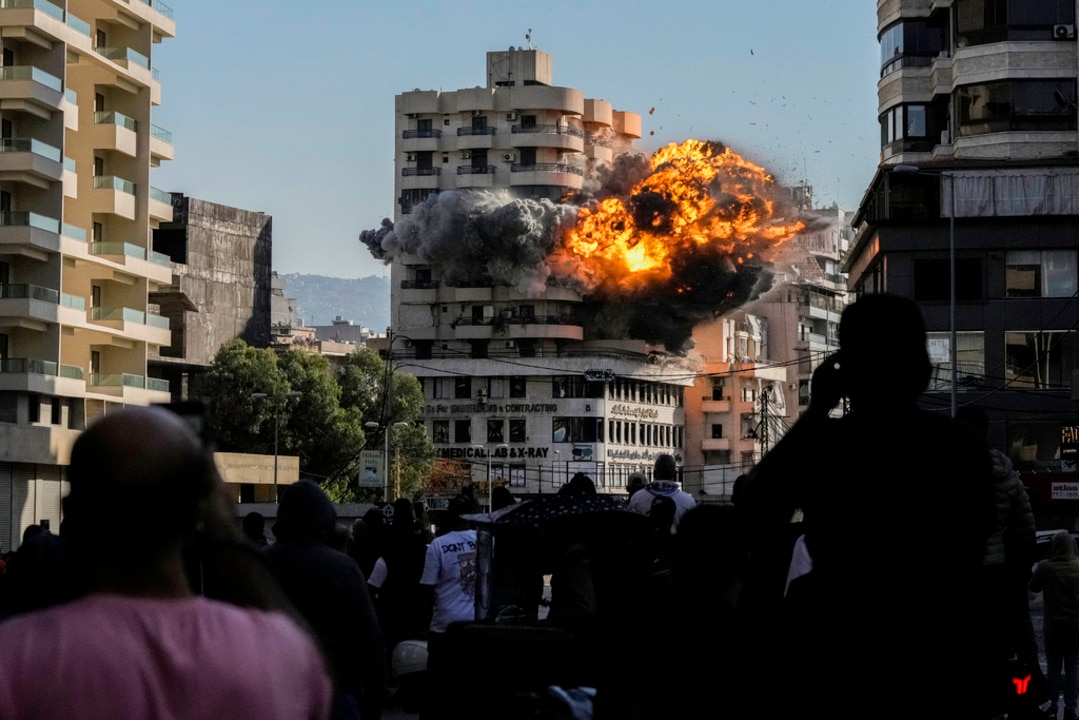
“It’s quite volatile,” Emirates Chief Commercial Officer Adnan Kazim said in a recent interview, adding that his airline has regularly been holding multiple security meetings a day, in addition to its daily security briefing. “Some of these kinds of situations, unfortunately they don’t come with any alert, or any pre-information and you need to manage the situation as you go.” Israel has rerouted standard flight paths in and out of the Tel Aviv airport away from danger zones since the start of the conflict, according to Libby Bahat, head of aerial infrastructure at the Civil Aviation Authority of Israel. When it learns of potential incoming attacks, it reduces the number of flights in the airspace to make it easier for air-traffic controllers to quickly scatter aircraft to safety, Bahat said.
A spokeswoman for the Israeli Defense Force declined to comment. Aviation regulators in Iran, Iraq, Jordan and Lebanon didn’t respond to requests for comment.
Pilots have expressed concerns. The European Cockpit Association has complained that some airlines are forcing pilots to fly routes even if they disagree with their airline’s safety assessment. The union also wants airlines to update life insurance policies, which typically don’t pay out in the case of a downing over a conflict zone.
“At any moment another disaster could happen that can take the life of innocent people again,” said Kourosh Doustshenas, whose partner died along with 175 others when Iran inadvertently shot down Ukrainian Airlines flight PS752. “We have gone through this, and this can happen any time.” The US had cautioned that morning of an increased risk of misidentification in Iranian airspace, but with most of its security team off work for Orthodox Christmas, Ukrainian Airlines failed to heed the warning.
Doustshenas has called for governments to be held legally accountable for failing to protect civilian airliners from becoming collateral damage. He also wants passengers to be informed if their flight is routed to fly over a conflict zone.
“Regular people going to the airport to catch their flight have no idea, ” Doustshenas said.
– Luke Vargas contributed to this article.
Dow Jones Newswires


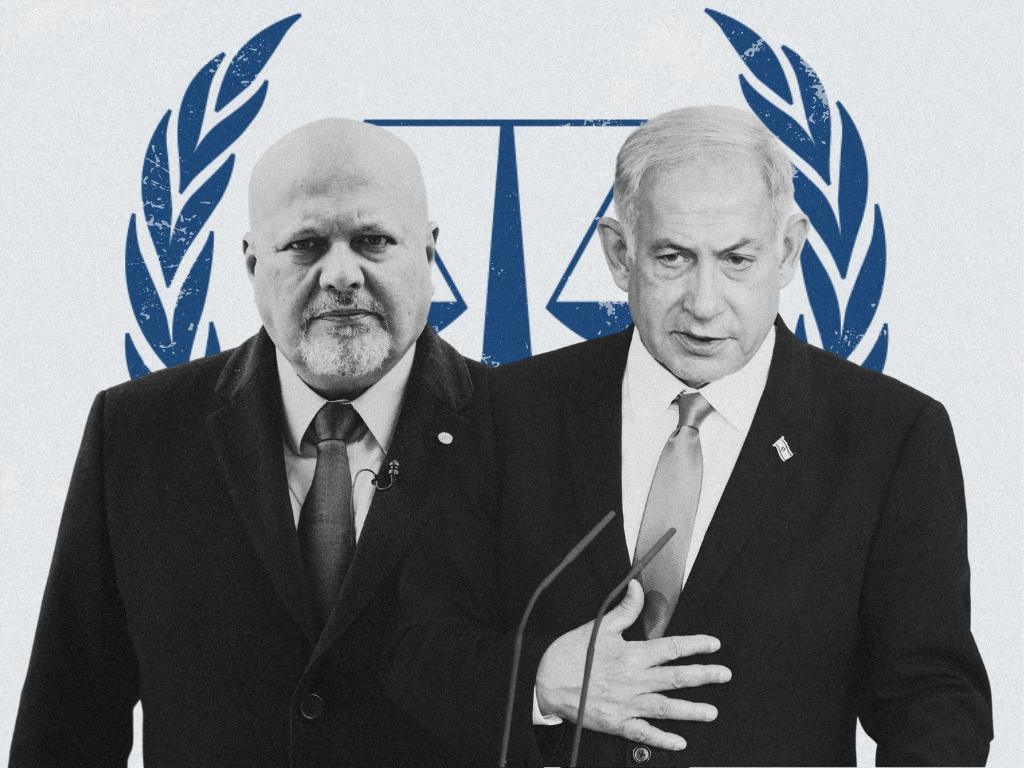
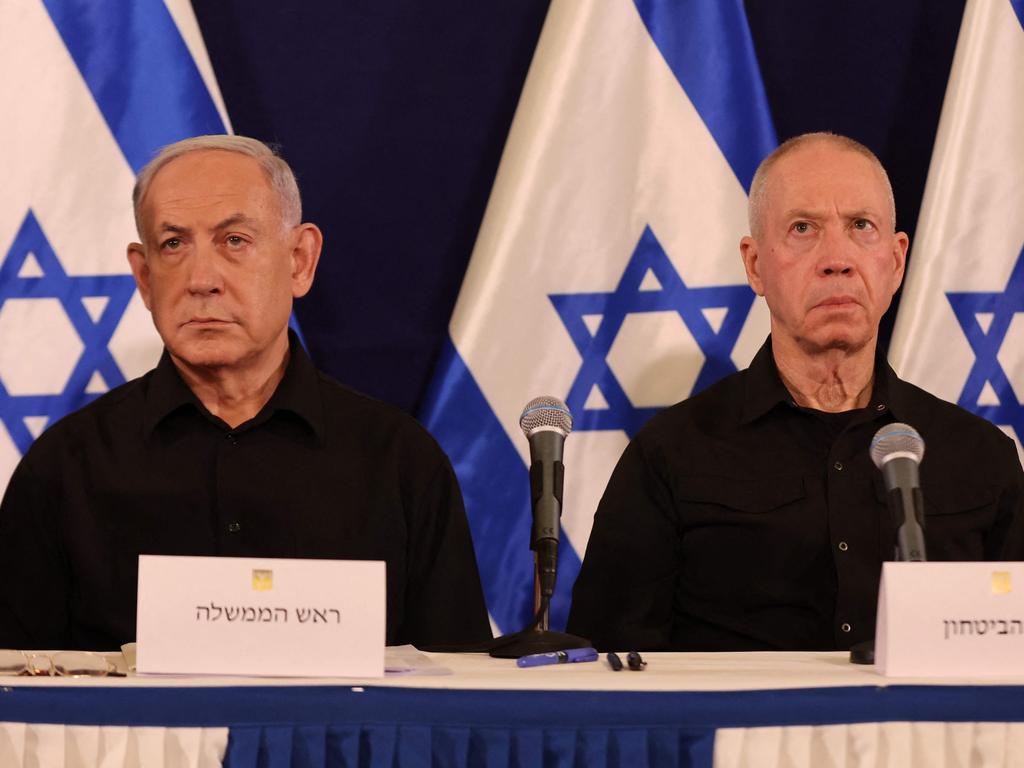

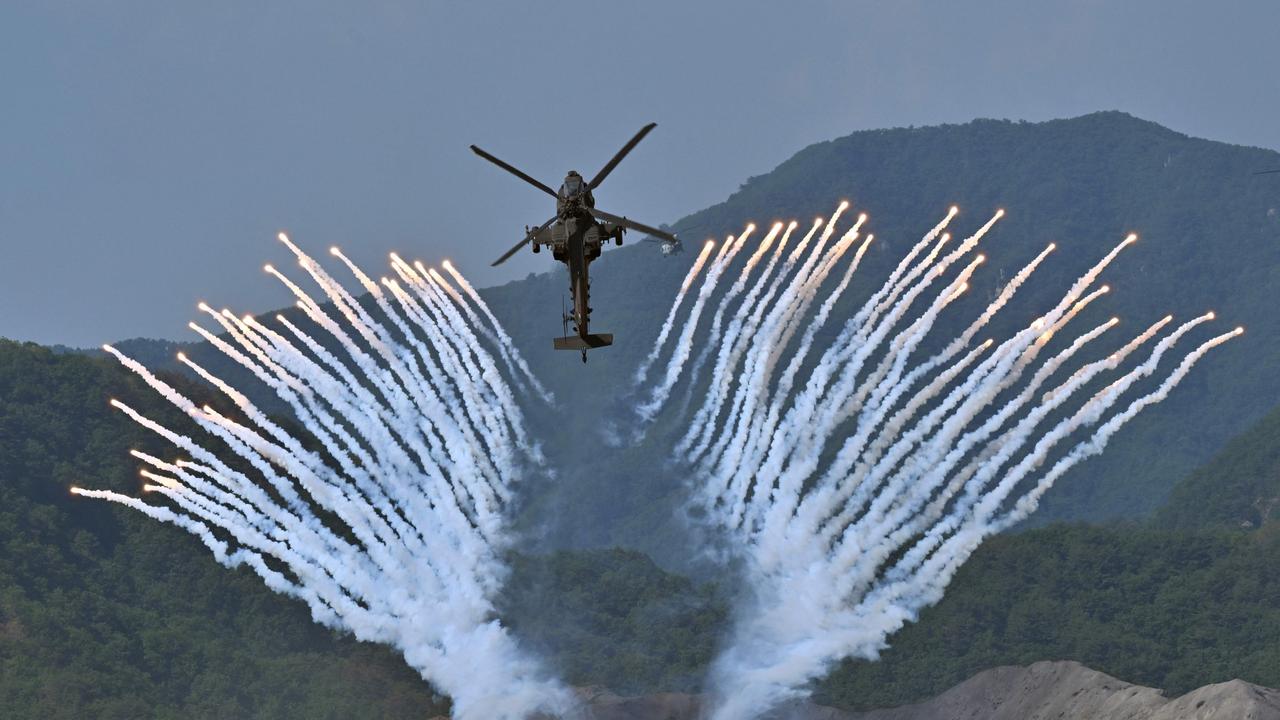
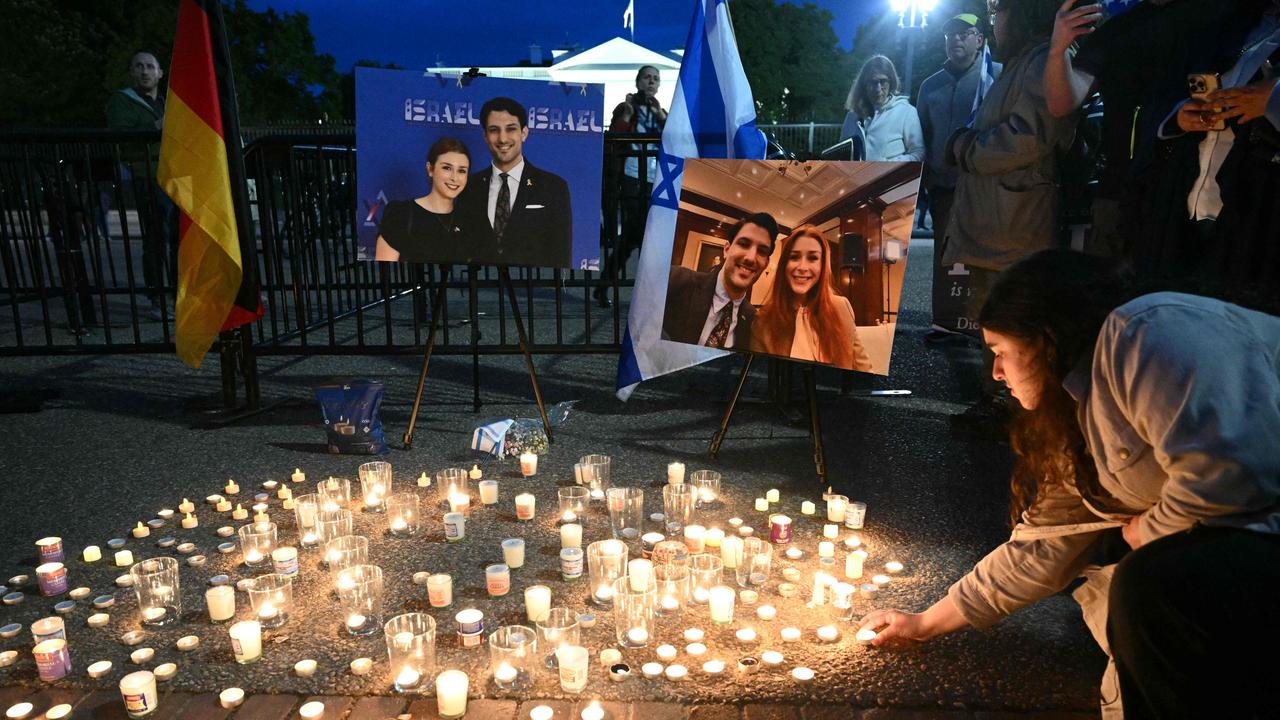
To join the conversation, please log in. Don't have an account? Register
Join the conversation, you are commenting as Logout